
 A study published this week demonstrates that participants with chronic neck pain gained significantly more benefit from Alexander Technique lessons than from the usual GP-led care (painkillers, physio) alone. The study was funded by Arthritis UK and managed by a research team based at the University of York. Learn more...
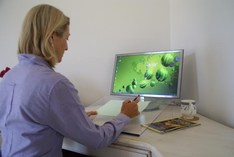 Writing and reading can be a challenge for the neck and back. Using a simple slope can make it so much easier. but can be so much easier, more comfortable and less harmful using a simple slope. £20 + P&P from www.stophurting.co.uk 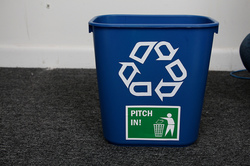 I'm interested to learn - from an AT student of mine who's just changed jobs - that none of the desks at his new organisation have rubbish bins next to them. Is this because ICBC Standard Bank runs a completely paperless office? No, it's a deliberate and laudable policy to help ensure people unhitch themselves from their chairs and screens and actually move about once in a while: the bins (recycling and otherwise) are located in a central area near the coffee machine and water filter. 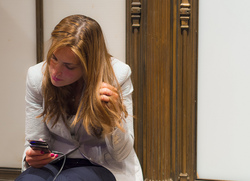 The British Chiropractic Association warned last week that our modern sedentary lifestyle and repeatedly looking down at mobile phones and other devices have led to a dramatic rise in the number of young people who are experiencing back and neck pain. "The only sort of neck pain we used to see with that age group was people who had been in car accidents. But now the vast majority of neck pains are people from secondary school upwards." Click here to read more, including tips to help you protect your back and neck.  Extract from Q&A interview with actor Jonathan Pryce in The Guardian last Saturday - Q: Which book changed your life? A: The one the teacher put under my heard during the Alexander Technique sessions at RADA. I grew an inch and a half. 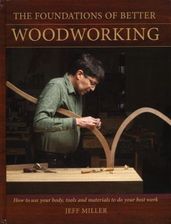 This is my first post on a DIY-related theme! Yet using your body correctly when planing, sawing and chiselling is just as important as it is for any other activity, and the principles are the same. Issues of stance, balance and alignment are discussed in Jeff Miller's book, The Foundations of Better Woodworking - how to use your body, tools and materials to do your best work. Tips for applying force include:
I confess I do worry that Jeff will have problems with his neck if he frequently adopts the position shown in the cover photograph... 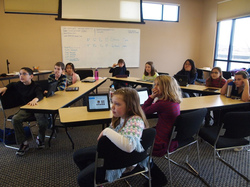 Further to previous posts in praise of moving around rather than too much sitting, here's a link to a Washington Post article which makes the same point. It's by a teacher who shadowed two pupils for two days, and was shocked by what she learned, not least that "Students sit all day, and sitting is exhausting". Click here to read the article (there's also an interesting anti-sarcasm message. Anyone know a teacher that could benefit from taking that on board?)  About twenty years ago, while I was training to be an Alexander Technique teacher, I attended an 'Art of Running' workshop led by Malcolm Balk, a Canadian Alexander Teacher and former Olympic runner. Now, on the Guardian's website, Malcolm offers advice on how to walk with good technique, in order to transform walking from a task into a healthy pleasure. "Try and let go of the urgency that pollutes much of our lives and just enjoy the quality of the movement." Click here to read Malcolm's five steps to walking well. |
AuthorCarolyn Simon Archives
July 2024
Categories |


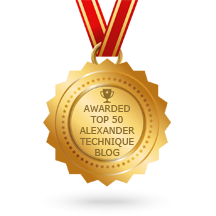
 RSS Feed
RSS Feed
